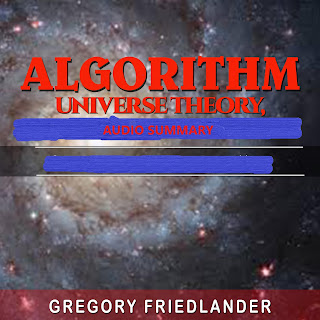There is a great deal of insight that comes from charge.
This takes us to science that appears in the patents, but not in this blog.
It quickly gets us somewhere fairly specific.
The idea that protons and electrons spew and absorb the same feature despite the compression difference is intersting.
The fact that a different type of absorption of spew occurs at the neutron is also relevant to the insight.
This takes us to ionic and covalent bonds, something that is covered in the patents, but not here, at least not in the same detail.
In order to give some context, photons are given the features of t6 and electrons the feature of t12.
In this way, charge becomes the net absorption or spew of t6 and orbitals are the arrangement of t12 states, remembering that an electron is 5.4 (roughly) t12 states meaning that an electron contains vast quantities of pre-t12 states, but all of which together are not equal to one half of a t12 state, also 5 t11 states by way of reference as an approximate.
When we talk about ionic and convalent, we are talking about the sharing of t6 states, possibly 5 plus in a single photon as the ionic portion and the sharing of t12 states for the covalent.
Based on our force equations, we would see an order of magnitude between these of 10^6.
What observation tells us is this:
Ionic lattice energies typically fall in the range of 600–4000 kJ/mol (some even higher), covalent bond dissociation energies are typically between 150–400 kJ/mol for single bonds.
This raises a number of questions. One is that the ionic bond would initially appear to be the weaker of the two based on force considerations. The second is that while a factor of 5-10 (or more) energies are shown, the scales are not that much higher. Is it a logarithmic solution instead of an exponential one? What are the factors that give rise to the bonds?
To begin we have to look at the new model, where the electron is not a fundamental particle, which would be absurd, but is instead a largely pre-time collection of particles.
Ct4 transitional states are responsible for both.
These are also superimposed over ct4-5 transitional states.
Ionic and convalent bonds are creatures of atoms, although Hydrogen, the pre-atoms also have covalent bonds. In AuT, the "electron shell filling" is replaced with a core fractal structure in the nucleus (two protons) surrounded by a corresponding stable fractal shell, two 5.4 t12 spirals feeding off of one another and the core protons which, while heavier, are exponentially smaller due to compressive energies. Because the electron components are too small to see, we only see them as net effects, part of the wave particle duality feature of electrons.
Molecues are co-valent in nature, shared electrons which in this case means shared fractal structures of t12 states (mostly) rather than shared orbitals. The main difference between molecules and Hydrogens lies in the core of neutrons which give strucure to the protons, but this difference is enough to allow the distinction of Hydrogen Bonds outside of the stronger co\valent molecular bonds.
Ionic matrix share something stronger, but it still is the absorption and spew of t6 associated with charge. In this case the factal structures affected are not in the electron fractal, but between teh electron fractal and the proton fractal. What this means is that even though the absorption and spew is of a lower ct state of enormous magnitude, the compression involved is exponentially higher.
To use the galactic example, one can see it in this way:
A spiral galaxy has two arms which serve to balance the core of black holes. Each of these arms represents a higher fractal form of an electron. One can see that the galaxy appears more balanced with two of these arms than one; otherwise the "center" of gravity, the center of ct1-2 interactin would be offset and rotational unwinding would be irregular. If one were to speed up this process, the galaxy could be expected to fall apart, the same being ture of the smaller fractal.
The arrangement of the two arms involves an enormous amount of information but is fractally the same as the arrangement of the two electrons around the hydrogen two proton core.
Lets new go towards the center of the galaxy. Now we are looking at ionic features, the highly compressed exchange of information at the interface of arms with the core. In a true ionic exchange, the exchange is between the arms and cores of different galaxies. What this indicates, however, is that the amount of compression between these two is very high and the factal balance is at least potentially less important in more complex galaxies than in the interaction between the cores and the shells.
This sharing between cores, as opposed to the sharing of outer shells, can be compared to the accumulation of gravitational force which makes it appear very large in the aggregate although it is very small individually. It mght also be compared to dark energy, the negative form of gravity which gives the overall entropy to the universe even though locally net features allow for greater organization.




No comments:
Post a Comment